India Is Broken by Ashoka Mody explores the intersection between India’s post-independence aspirations and its contemporary realities, offering a critical examination of the nation’s developmental trajectory.
India Is Broken: A People Betrayed, Independence to Today examines how India has evolved since 1947. Mody, a well-known economist, combines data and stories to make his points clear.
The book takes a fair look at India’s social and economic challenges. Mody covers the period from independence to today, giving readers useful insights into modern India.
Contents
About the Author: Ashoka Mody’s Distinguished Background
Ashoka Mody offers a unique view of India’s economy, shaped by his experience at leading universities and international financial organizations. In India Is Broken, Ashoka Mody demonstrates a strong understanding of how economies function globally.
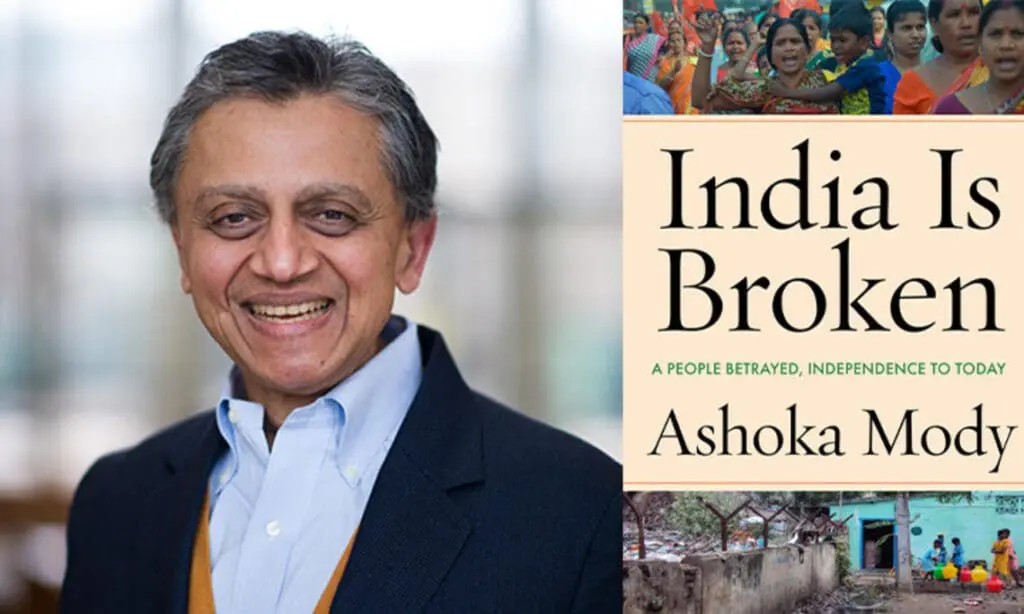
Mody’s enduring connection to India, despite his international career, informs his research with a sense of commitment and depth.
Academic Credentials and International Experience
At Princeton University, Mody is a visiting professor of international economic policy and teaches courses in public and international affairs. His work at the Woodrow Wilson School focuses on research in economic policy.
As an economic historian, Mody uses strong research methods that mix theory with real data to study economic trends. This gives his critique of India’s economy a solid foundation.
As a visiting professor in international economic policy, Mody takes part in current debates and looks at India’s economy from both past and present viewpoints.
World Bank and International Monetary Fund Expertise
Mody’s time at the World Bank and International Monetary Fund gave him important insights. There, he saw the real challenges of economic reforms. This experience helps him understand India’s economic path and how global policies connect with local needs.
While at the World Bank, Mody saw firsthand how policies impact people’s lives. This background adds depth to his research and helps explain why some policies worked in India while others did not.
Book Overview: India Is Broken’s Central Arguments
India Is Broken looks at how India has changed since independence. The book gives a new perspective on the country’s journey from its early hopes to today’s challenges, offering an honest view of its development.
The book covers decades of policy decisions and their outcomes. Mody shows how early mistakes added up over time and still affect India today.
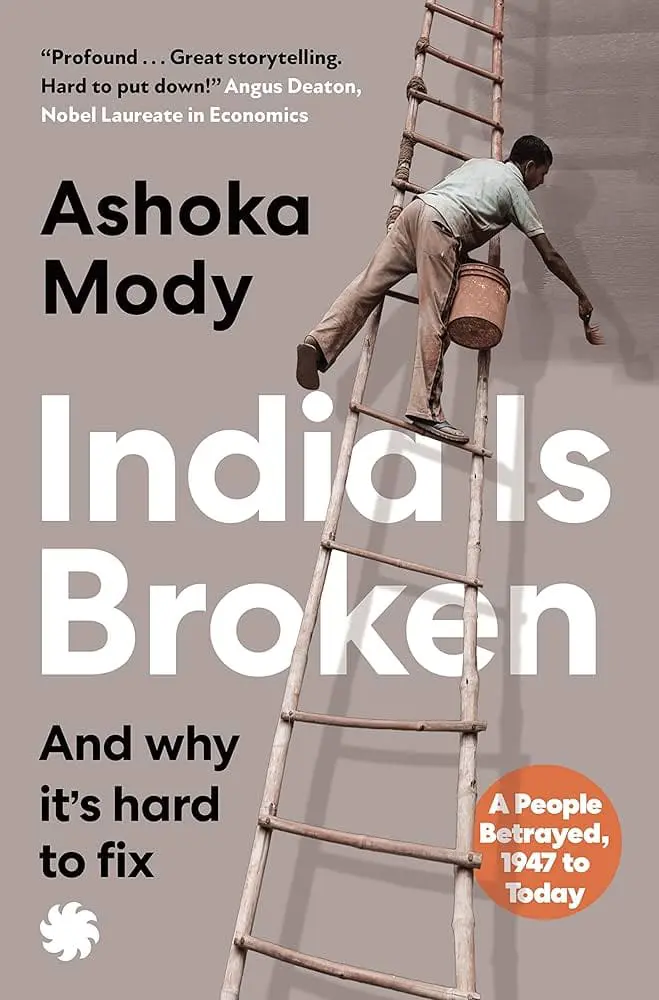
Scope and Historical Timeline
The book looks at all of India’s years since independence. It starts with Jawaharlal Nehru as the first Prime Minister in 1947, when India began its ‘tryst with destiny.’ Mody traces India’s journey through different governments and highlights important events.
The author looks closely at each decade, examining policies, economic changes, and politics. Together, these details tell the story of modern India.
The timeline reveals patterns in governance that persist beyond individual leaders. Mody explains how early economic problems in India’s newly independent economy persisted.
Core Thesis and Methodology
Mody argues that India has moved away from its promises of democracy and growth since 1947. He believes the country’s system has not worked, irrespective of the government in power.

Mody uses both statistics and history, drawing from official data and cultural sources. This gives readers a broad view of India’s growth challenges.
His writing is academic but still easy to follow. Almost a third of the book is made up of notes and references, showing how deeply he researched the topic.
The author remains neutral and focuses on what policies have achieved. This lets readers form their own opinions about India’s path since independence.
Economic Analysis: Mody’s Rigorous Assessment of India’s Development
India Is Broken takes a close look at how India’s economy has developed since independence. Mody examines the real effects of economic policies and points out ongoing barriers to steady growth.
Mody uses data and plain language to explain his points. He shows that many governments have cared more about appearances than real progress, creating a gap between promises and results.
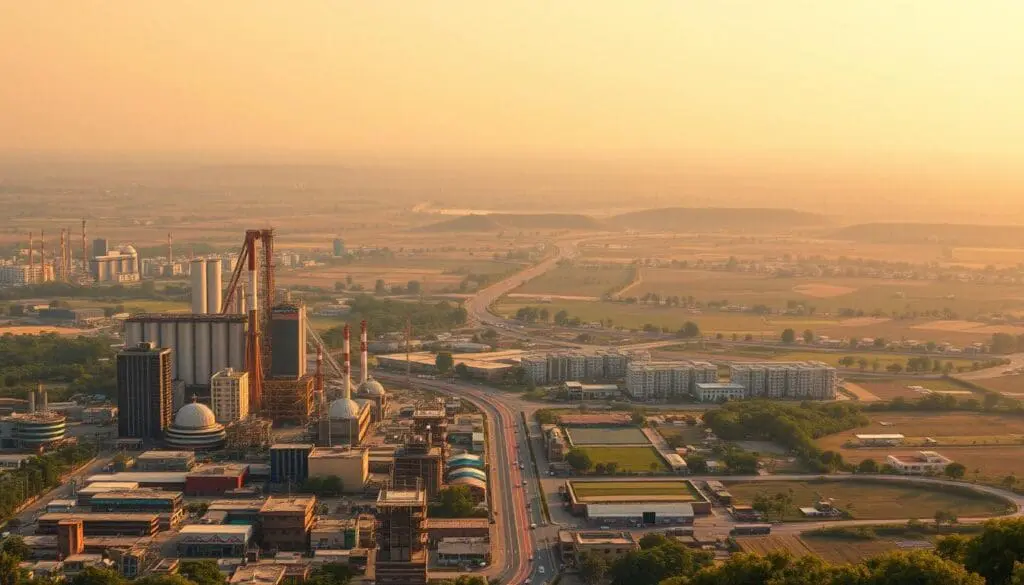
Post-1947 Economic Policies and Their Consequences
The author revisits Nehru’s early decisions to identify India’s economic mistakes. These choices pushed the economy towards large projects, rather than creating jobs. This led to the construction of large industries, but not enough work for the people.
Mody shows how these early choices set a pattern that still exists today. By focusing on big projects, leaders overlooked key areas like basic education and healthcare. This imbalance has slowed fair growth.
The book makes an important point: how indian economic plans often ignored job creation. These plans have helped the wealthy but left many people without work, shaping India’s growth problems.
Growth Patterns and Structural Challenges
Mody’s main argument is about India’s job crisis. He points out that even with growth, fewer people had jobs in 2021 than in 2011. This questions the idea that India’s economy is truly doing well.
“There were not enough jobs in 1950, when Jawaharlal Nehru was prime minister, and the jobs crisis, if anything, has become steadily more acute. There were fewer people employed in 2021, than in 2011; this was so at a time when 7 million to 9 million new job aspirants entered the market every year.”
This job crisis reveals a major weakness in India’s growth plan. Even after years of growth, not enough jobs have been created. Mody’s work shows that GDP growth has not led to more employment.
India’s problems extend beyond job creation to include failures in development. Not enough money has been spent on public goods. This has left big gaps in health, education, and infrastructure.
Mody also examines how institutions, such as the Reserve Bank of India, have failed. He demonstrates how poor coordination has exacerbated the situation. His insights help understand India’s development challenges.
The book’s economic analysis is thorough and well-researched. Mody looks at how economic policies impact people’s lives. His work is both scholarly and practical, making it easier for readers to understand India today.
Bollywood References: Cinema as Economic and Social Commentary
Mody uses popular cinema to talk about the economy, looking at Bollywood films to help explain economic policies. This shows how movies reflect the society of their time.
By mixing statistics with media, Mody creates a strong, easy-to-understand story. This shows how culture shapes the way we see economics in India.
Films Reflecting Economic Realities
Mody says Bollywood films act like cultural thermometers. They show society’s mood, hopes, and frustrations better than statistics can. His analysis shows how films from different times reflect changes in the economy.
Examining films from different eras reveals significant changes. Mody writes about the early days of cinema in India. These films showed the nation’s dreams and goals after gaining independence.
Later, films became more cynical. Mody believes this shows growing doubt about economic progress. These changes in movies reflect the struggles of ordinary Indians caused by policy failures.
Cultural Narratives and Societal Circumstances
Mody’s views show how Bollywood stories changed along with India’s economic growth. As problems like corruption and inequality grew, films started to address these issues.
Ashoka Mody offers examples of films that captured economic moments. Each film illustrates how policy failures were experienced by individuals, making complex ideas more accessible.
This approach helps highlight the human side of economic choices. Mody suggests that culture gives us insights that traditional economics can miss. Films let us see how different generations in India think and feel.
This mix of different fields makes it easier to understand complex economic ideas. By combining data with cultural stories, Mody helps readers see how policy and society have changed in India since independence.
Political Economy Insights: Leadership and Institutional Analysis
The book looks closely at how different leaders have shaped India’s democracy. Mody judges leaders by their policy results, not just their political views. He finds patterns that go beyond any one leader or party.
Mody focuses on real impacts, not just what leaders say. This helps readers see how Indian leaders have shaped the country. He gives both praise and criticism where it’s due, across different periods.
Prime Ministerial Assessments from Nehru to Modi
Mody starts with Nehru, who was high on idealism but struggled to address India’s primary economic problems and create enough employment. He praises Nehru’s work on democracy but criticises his policies on education and jobs. These early choices compounded to create long-term economic problems which plagued future generations.
Mody also examines Indira Gandhi, showing how her actions weakened democracy and gave more power to a few. He focuses on the effects of her policies, not personal motives.
The book also covers Lal Bahadur Shastri and Narasimha Rao. Shastri is praised for his work in farming, while Rao’s economic reforms are studied for their long-term impact. Mody aims to give a complete view of history.
Mody also gives a detailed review of Modi. He stays objective, looking at policy successes without getting caught up in current politics. This approach makes the book’s insights valuable for the future.
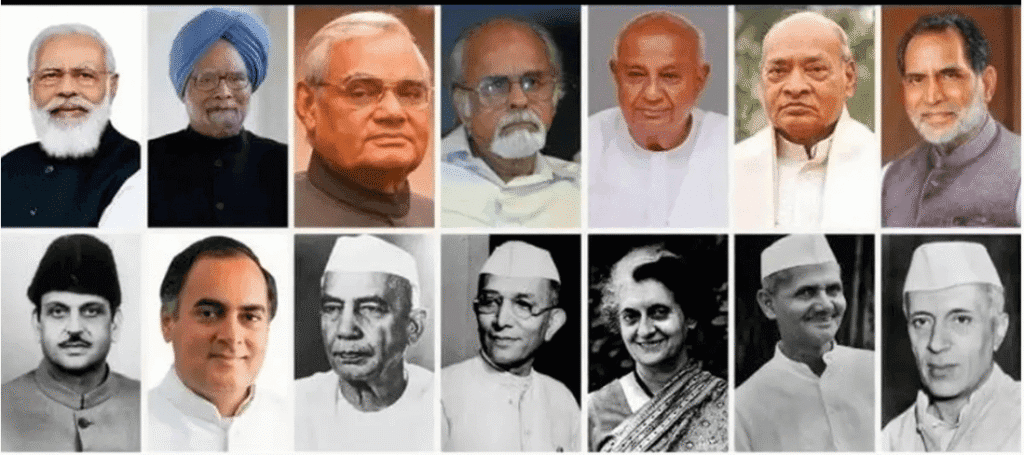
Democratic Governance and Public Goods Provision
Mody looks at how Indian democracy has changed, from the Congress Party to the rise of Hindu nationalism. He shows how these shifts have affected how well the government works. He focuses on the country’s problems instead of blaming individuals.
The book shows how weak institutions have hurt public services over time. Mody’s look at recent problems in democracy reveals that weak institutions harm people, no matter which party is in charge. He stresses that strong institutions matter more than party loyalty.
Mody finds that many governance problems go beyond individual leaders. His work shows how both leadership and institutions have shaped India. He suggests solving these issues with more local control and community involvement.
Strengths of Mody’s Analysis: What Makes This Book Exceptional
India Is Broken stands out for its careful analysis and clear writing. The book is well-researched but still easy to read, blending deep analysis with engaging writing. It combines academic detail and public interest better than most similar books.
Balanced Historical Perspective
Ashoka Mody’s work is known for being fair over seven decades of India’s history. He avoids the common biases found in many books about India. Mody makes his points without taking sides or idealizing any period.
He examines all political periods with the same careful analysis. Mody stays objective but is clear when criticizing policy mistakes. His fair critique covers leaders from Nehru to Modi.
Accessible Writing and Clear Arguments
The book is a rare blend of in-depth research and accessible writing. Pulitzer Prize winner Liaquat Ahamed praises it for its sharp critique of India’s economic policies. He notes how Mody links key political events to economic failures.
“India is Broken is a masterful, wonderfully readable but searing indictment of the failures of Indian economic policy. Brilliantly weaving into his account a history of the key political events of the era, Mody chronicles how a dismal catalogue of flawed economic strategies and a dysfunctional political system have led to a country that is unable to produce enough jobs, where religious divisions keep growing, and inequality is relentlessly rising.”
Mody uses clear language with depth to make complex ideas accessible without resorting to jargon and sticking to the facts.
Comprehensive Data and Research Foundation
India Is Broken is a well-researched work, with nearly a third of it comprising of notes and references. This shows the quality of his work. Mody uses solid evidence to question simple explanations.
The research draws on many sources, from government data to cultural materials. This approach addresses major issues facing Indians today. It makes the book both trustworthy and engaging for readers.
Minor Limitations: Areas Where the Book Could Be Stronger
While the book is a major academic achievement, a few small limitations keep it from giving a complete picture of India’s development challenges.
The author’s emphasis on identifying systemic issues occasionally leaves readers seeking further elaboration. Although the book acknowledges reductions in extreme poverty and uneven progress, its focus on major challenges may overshadow incremental achievements.
Limited Discussion of Possible Solutions
Mody is great at pointing out India’s main problems but offers fewer solutions. By not providing easy answers, the book feels more honest, although it may not help policymakers seeking clear steps to take.
But the book doesn’t fully explore how global successes could be applied elsewhere in the Indian context. It discusses environmental damage affecting air and water quality, but doesn’t offer sufficient solutions.
Occasional Oversimplification of Complex Issues
Although the book often delves into detail, some complex topics are occasionally simplified. This helps more people understand the book.
Mody also avoids making general statements, but some complex issues could be explored more deeply, for example, the relationships between central and state governments receive less attention.
These minor issues don’t lessen the book’s major strengths. It still stands out as a detailed look at India’s development.
Conclusion: A Valuable Contribution to Understanding Modern India
‘India is Broken’ by Ashoka Mody is a standout scholarly work that looks closely at India’s journey since independence. It encourages readers to think critically about how the country has been governed.
Mody’s analysis shows the big challenges that have taken India away from its democratic roots. His balanced view of India’s politics and economy gives deep insights without resorting to sensationalism.
This book is a must-read for anyone who wants to understand India’s future challenges. ‘India is Broken’ by Ashoka Mody gives a detailed look at the country’s problems, not just criticism. It examines India’s institutional flaws with careful research.
The book is far from being polemical, providing a thorough analysis of India’s economic policies and their lasting effects. It also offers lessons for other developing democracies. This excellent book on modern India is praised for its strong research, clear writing, and important policy insights. It leaves a lasting impression on the reader and will remain an important reference book to return to in the future.

My Rating:- ★ ★ ★ ★ ★
Goodreads Rating: 4.25
India Is Broken: A People Betrayed, Independence to Today Reviewed On:
- Paperback
- Total pages: 512
- Genre: Non-Fiction/History/Economics
- India Is Broken: A People Betrayed, Independence to Today by Ashoka Mody


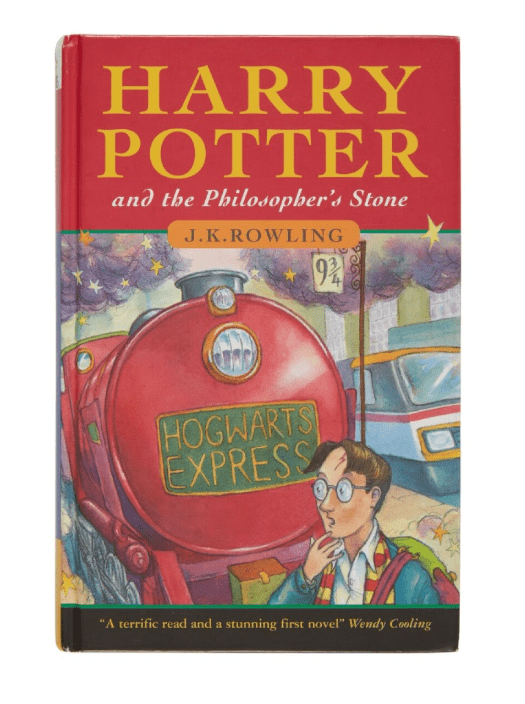



Not sure if calling India ‘broken’ is fair. Every country has its issues, right? Maybe it’s about how we see things and what we focus on.
Optimism is great, but let’s not turn a blind eye to reality. Mody’s pointing out the obvious.
Reading about the political economy insights from Mody sounds promising. Shows someone’s still trying to make sense of this complex nation.
All these books claim to ‘understand’ India, but do they really? It’s like every author has a different version of India in their head.
Just wondering, if Mody talks about Bollywood and politics, does he mention any specific movies or leaders? Like, do I get to know which movie to watch to understand India better? Or is it all just serious talk with no fun recommendations?
He does reference films, it’s not a movie guide though. But yeah, would be cool to have a list of movies to watch that Mody thinks reflect economic and social issues.
Love the idea of using films to explain economics. So creative!
Loved reading about Mody’s background. It’s so cool how he’s worked with the World Bank and IMF. Feels like he really knows his stuff.
Interesting how Mody has all the answers. Maybe he should have been the Prime Minister instead, eh? It’s easy to critique from the outside.
I think Mody’s take on the Prime Ministers is a bit harsh. Each one of them had their own challenges and it’s not fair to just blame them for everything wrong with India.
Hey, was reading this part about Bollywood references by Mody. Found it interesting how movies might show what’s really happening in society. But how does Mody link these films to economic conditions? Is it like direct or more a vibe kind of thing?
Yeah, movies often reflect the times they’re made in. Like, showing the struggle or dreams of the common man can hint at the economic situation.
The bit about leadership and institutional analysis caught my eye. But I wonder, does Mody really go deep enough? Our leaders have always played us in some way, and I bet the book just grazes over this without hitting the nerve.
Actually, Mody does a fair job of detailing the leadership’s role throughout India’s economic history. It’s worth a read for that perspective alone.
Thanks for agreeing, Kiran! You’re absolutely right about Mody’s detailed coverage of leadership roles. I really appreciate your insight – he strikes such a balanced take on complex issues and makes it all accessible without losing depth.
Thanks for the thoughtful question, satya_truth! Mody actually goes quite deep into leadership and institutional analysis – he examines specific historical examples and patterns across decades, not just surface-level critiques. His approach looks at how institutional weaknesses compounded over time with concrete examples from different eras.
I’m not convinced that one can just blame policies since 1947. Isn’t it too simplistic? There’s more to development than just blaming past decisions. Keen to see how Mody argues this cause I have my doubts.
Great observation, Pritesh. It’s true, India’s problems are complex, and Mody doesn’t just blame post-1947 policies. He explores how choices—both good and bad—shaped our growth over time. The book encourages you to see these links so we understand current challenges better.
I think Ashoka Mody’s take on the economic policies since independence is something we needed. It’s not every day you come across a book that looks into what genuinely went down and how it affected us. My hats off to Vishal for bringing this to light.
Do you think this book makes a good starting point for someone like me who is just starting to grasp our economic history?
Hi ViniV, yes—this book is perfect for newcomers. Mody writes clearly, uses simple language, and always explains background before diving into details. You’ll find it both readable and insightful as an introduction to economic history.
Absolutely, ViniV. It’s written in a way that’s accessible and not too complex. Perfect for gaining a good understanding of our economic journey.
Thank you, RajK! I’m glad you found the review helpful. Like you, I appreciated Mody’s honest look at policy choices and their real effects on people. Discussing these topics openly helps us all understand India’s journey with fresh eyes.